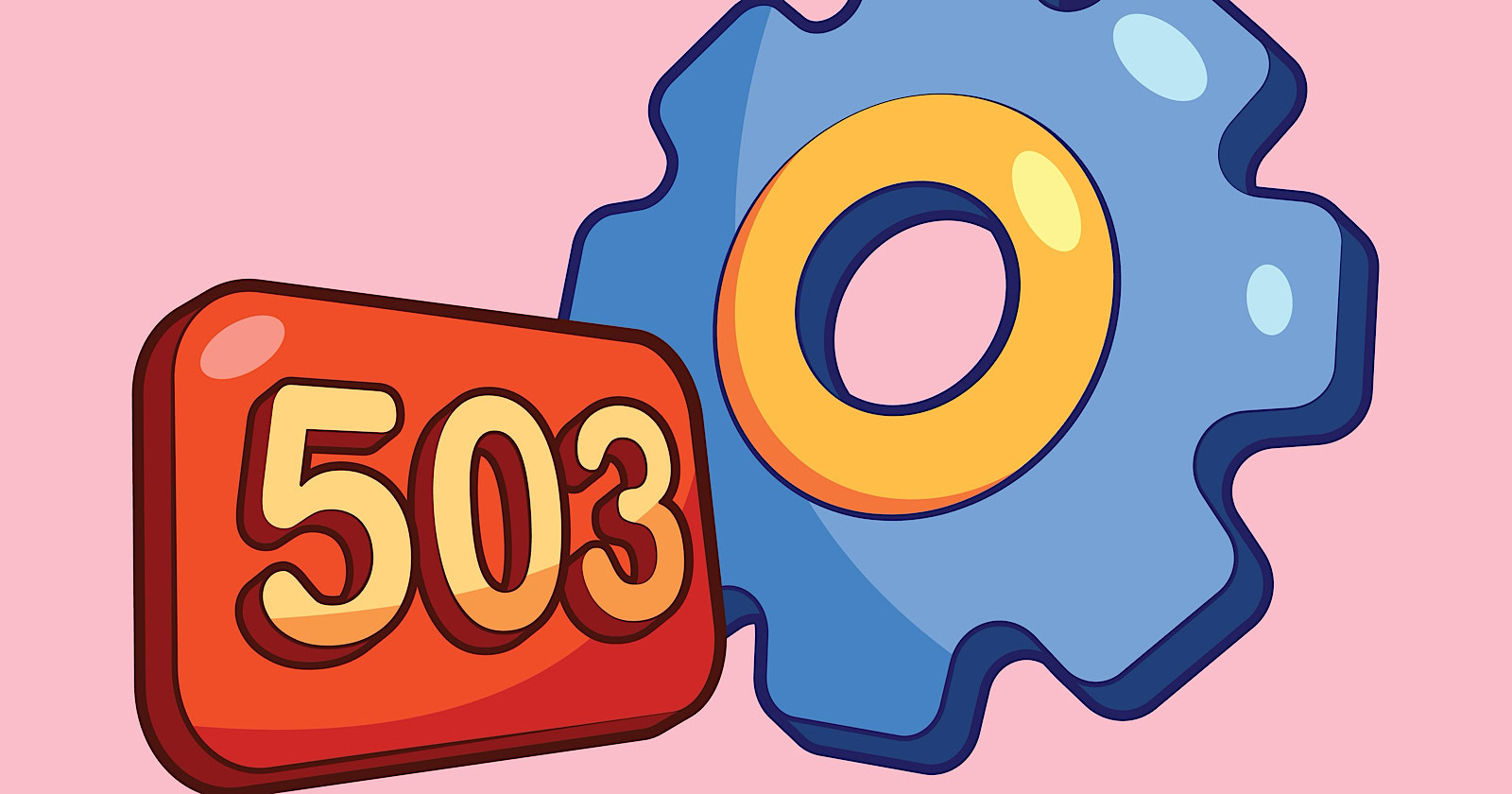Searchers who expect a website to always be available may be disappointed to encounter a 503 status code.
However, brief downtime is perfectly acceptable.
During the April edition of the Google Search Central SEO office hours, a question was raised about the potential impact of intermittently serving 503 “Service Unavailable” status codes.
Gary Illyes, a long-time Google webmaster trends analyst, clarified the search engine’s stance.
“Serving a 503 status code for an extended period of time will cause a decrease in crawl rate.
Fortunately for you, 10-15 minutes every now and then is not ‘extended’ by any means, so you should be fine.”
The Importance Of Uptime
While 100% uptime may be ideal, it’s not required to maintain good rankings in Google’s search results.
Websites undergo periods of maintenance and updates and can experience unplanned outages from time to time.
As long as these downtimes are brief and infrequent, they’re unlikely to impact crawling and indexing severely.
An extended period wasn’t clearly defined, but the example of 10-15-minute windows several times per week was deemed acceptable.
Previously, Google stated it would start deindexing webpages if a site is down for over a few days.
Planning For Updates
Advanced planning and strategy are recommended for websites expecting extended downtime.
Techniques like shadowing a staging site or employing progressive rollouts can reduce the visibility of errors and downtime.
Illyes advises:
“If you do things by the book, meaning the website keeps being resolvable and the actual downtime is minimal, changing [configuration] should not have negative effects on your pages’ rankings in Google’s search results.”
While continuous uptime is ideal for user experience, Google’s systems can tolerate short downtime without negatively ranking the website in search results.
Why SEJ Cares
Google’s guidance on brief 503 status codes provides relief for publishers who may be concerned about the potential negative impacts of website downtime.
Many sites go through regular update cycles on a weekly or monthly cadence, requiring some downtime windows.
These can be for publishing new content, product updates, security patches, and general housekeeping.
Additionally, unplanned outages, server issues, and other unavoidable downtime happen.
As long as temporary blips are being actively resolved, there’s no need to panic about losing rankings and search visibility.
How This Can Help You
Website owners, developers, and SEO professionals managing websites can benefit from understanding Google’s tolerances for 503 status codes.
Some key takeaways:
- Plan for and minimize downtime during updates, but don’t stress over short periods serving 503s.
- Monitor analytics and user feedback to ensure users aren’t severely impacted by unavailable periods.
- Uptime and swift error resolutions should be prioritized as much as possible for overall website health.
- Investigate techniques like staged rollouts to reduce errors for major updates requiring extended downtime.
With reasonable expectations set by Google, websites can make informed decisions about balancing downtimes with SEO priorities.
Hear the full question and answer in the video below:
Featured Image: Zikku Creative/Shutterstock





![AI Overviews: We Reverse-Engineered Them So You Don't Have To [+ What You Need To Do Next]](https://www.searchenginejournal.com/wp-content/uploads/2025/04/sidebar1x-455.png)